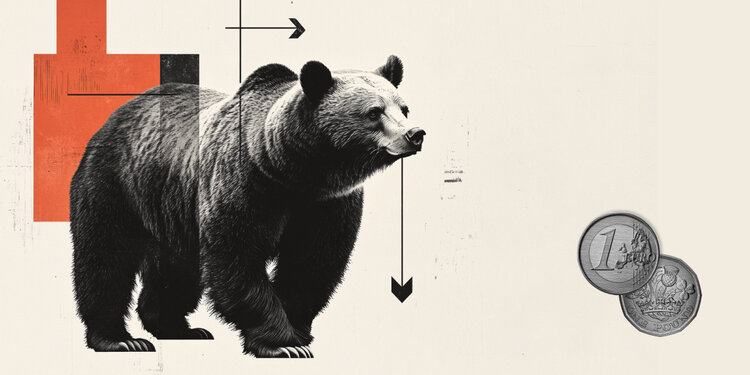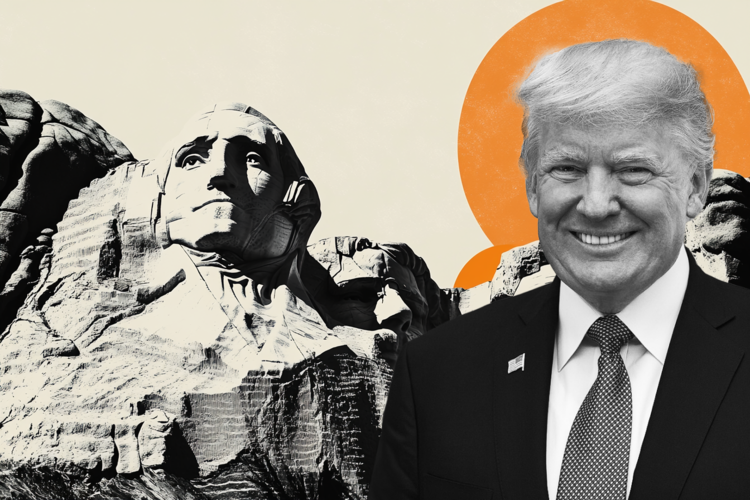The main stock market indices of Wall Street continue their downward course on Thursday, with the question of the increase in interest rates expected by the US Federal Central Bank (Federal Reserve), which will mean more expensive money and reduced liquidity in the economy to hit the galloping inflation, to scare investors.
On the board, the industrialist Dow Jones down 133.53 points or 0.42%, with the broadest S&P 500 to record losses of 29.60 points or 0.77% and the technological Nasdaq to “lose” 128.25 points or 1.08%.
The negative performance of the indices comes at a time when the yield on two-year US government bonds is hitting a 15-year high, specifically since November 2007, at 3.516%.
Nvidia stock stood out among the losers, losing more than 5 percent after the semiconductor maker said the U.S. government had restricted sales of some products it sells, including to China.
Wall Street’s indexes entered Thursday’s session after four straight days of losses, with the Dow down 4.1%, the S&P 500 down 4.2% and the Nasdaq down 4.6% for the month of August.
Investors are now openly debating whether stocks will hit June lows again in September, which is a historically bad month for the stock market every year, and especially this year, based on statements from Fed officials, markets will have to also face a new aggressively tightening move in the field of monetary policy, with a new increase in interest rates.
“If we retest the lows of the year, I think it will happen in September,” SoFim’s Liz Young said, adding that “for that to happen, something would have to happen economically to bring us to worse situation than the one we were in on June 16”. One such case would be corporate results that would disappoint relative to estimates.
Since World War II, the S&P 500 has averaged a 0.56% loss in September. In contrast, October, November and December are historically positive and usually profitable months.
Data on new jobless claims, which fell again in late August to June levels, also show “that the labor market is still relatively strong, despite the fact that it has stopped strengthening further,” said Chris Zaccarelli, head of the investment industry at the Independent Advisor Alliance.
“As long as the labor market remains strong – and that’s a big ENE – the economy may see GDP strengthen, at least in nominal terms, and so corporate profits will rise accordingly,” he adds.
Among the 30 Dow stocks, 9 are moving with a positive sign and 21 with a negative sign. The profits are led by those of 3M, Walmart, Johnson & Johnson, while the losses of Boeing, Dow Inc. and Intel.
New unemployment benefits hit two-plus-month low
New claims for unemployment benefits in the US fell to their lowest level since June at the end of August, confirming the resilience of the US labor market to the shocks that the inflation rally continues to cause.
Specifically, initial jobless claims fell by 5,000 for the week ended Aug. 27, sliding to a nine-week low of 232,000. The previous week’s reading was revised lower to 237,000 from 242,000 initially reported.
It is noted that the average estimate of analysts in a Wall Street Journal poll placed applications at 245,000.
Initial claims had fallen to a low of 166,000 at the end of March, the second-lowest in the survey’s history, before starting to rise over the summer.
The continued resilience of the labor market, however, is fueling fears of a more aggressive stance from the Federal Reserve as part of its effort to rein in inflation. The US central bank has already raised interest rates by a total of 225 basis points since March.
Investors are also waiting for the data that the US government will announce tomorrow for an overall picture of the labor market. Analysts expect government data to show an increase of 300,000 jobs in August, after July’s jump of 528,000 positions, according to a Reuters poll.
Manufacturing PMI at lowest level since July 2020
U.S. manufacturing activity also slowed further in August as the world’s largest economy continues to grapple with the shocks of rallying inflation and aggressive rate hikes by the Federal Reserve.
In particular, the manufacturing PMI index fell to 51.5 points in August, slightly better than the initial reading of 51.3 points, but below the reading of 52.2 points in July, S&P Global said on Thursday.
This is the lowest reading since July 2020.
“U.S. factory output fell for a second month in a row in August, with demand for goods having now fallen for three straight months amid the continued impact of rallying inflation, supply disruptions, rising interest rates and increased economic uncertainty on the economic outlook,” commented Chris Williamson, chief economist at S&P Global Market Intelligence.
Source: Capital
I am Sophia william, author of World Stock Market. I have a degree in journalism from the University of Missouri and I have worked as a reporter for several news websites. I have a passion for writing and informing people about the latest news and events happening in the world. I strive to be accurate and unbiased in my reporting, and I hope to provide readers with valuable information that they can use to make informed decisions.







